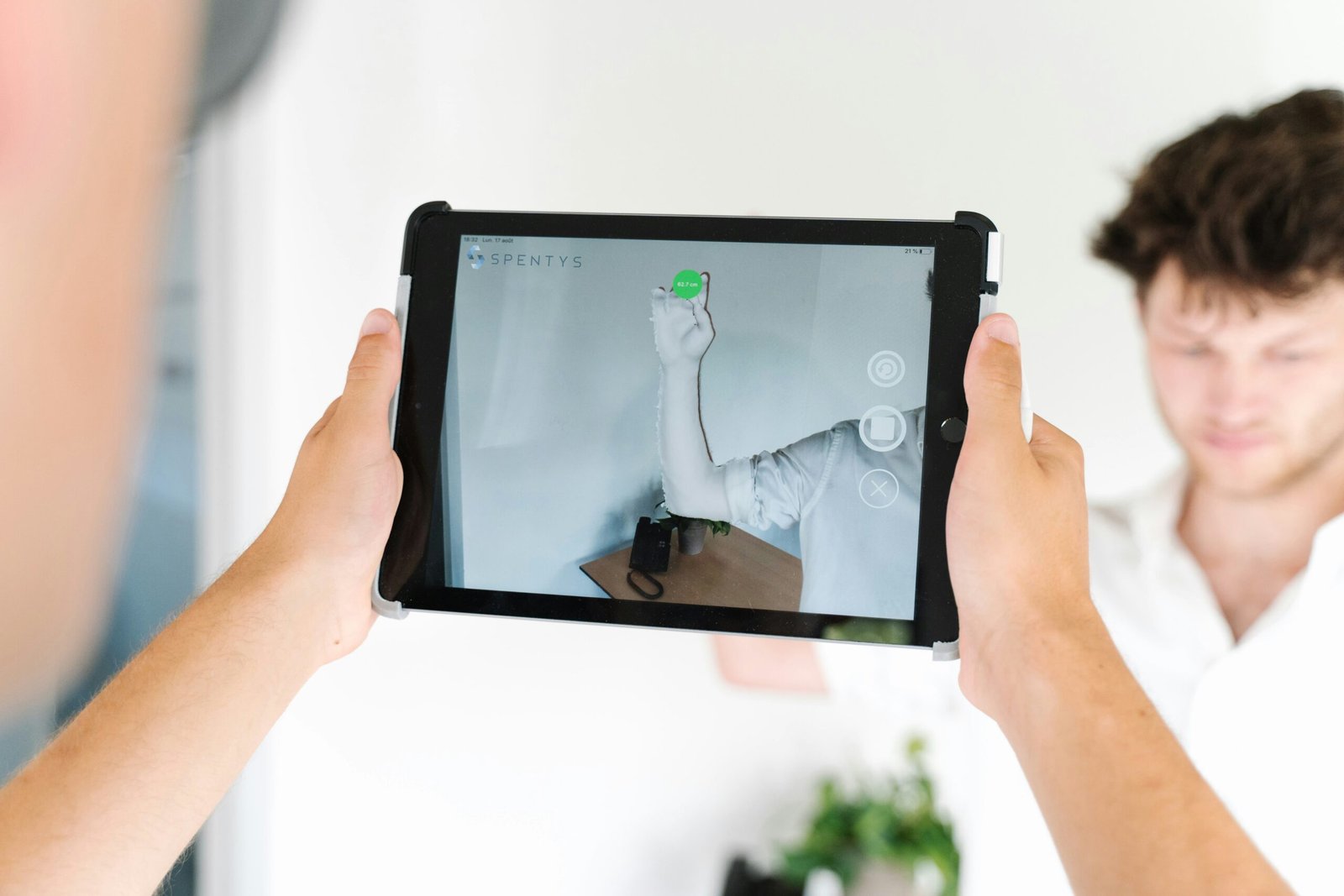How to Identify Your Computer Monitor Model Screen
Introduction to Monitor Model Identification
Understanding the specific model of your computer monitor is essential in several scenarios. Whether you are troubleshooting technical issues, purchasing compatible accessories, or checking for necessary software updates, knowing your monitor’s model can save you time and effort. It’s not uncommon for individuals to encounter confusion due to the vast array of monitor brands and models available in the market today. This can make identifying the correct model a daunting task, especially for those not particularly tech-savvy.
For instance, during technical troubleshooting, having precise information about your monitor model can help streamline the process. Support representatives often need to know the exact model to provide accurate assistance or to identify if certain issues are common with that particular monitor model. Furthermore, when purchasing accessories such as stands, VESA mounts, or screen filters, compatibility varies widely across different models. An exact model number ensures that the accessories will fit and function as intended.
Another critical aspect is checking for software updates. Monitor manufacturers sometimes release firmware updates that can enhance performance, security, or add new features. These updates are typically model-specific, meaning that incorrect identification could result in missed improvements or even potential issues. Additionally, knowing your monitor model is useful when you need to compare specifications for potential upgrades or for adjusting display settings that are unique to your monitor’s features.
Overall, identifying your computer monitor model can alleviate the frustration of mismatched parts, incompatible software, and unresolved troubleshooting. Throughout this guide, we will provide comprehensive steps to accurately identify your monitor model, ensuring you are well-prepared no matter the scenario. Stay tuned as we delve into the various methods to find this crucial piece of information.
Locating the Model Number on the Monitor Itself
When attempting to identify your computer monitor model, the most straightforward method involves a physical inspection of the device. Manufacturers generally place the model number in straightforward yet varying locations on the monitor itself. One common place to check is the back panel of the monitor. Often, you’ll find a label or sticker that contains the model number, along with other pertinent information such as the serial number and manufacturing date.
If the model number is not immediately visible on the back, consider inspecting the stand or base of the monitor. Some manufacturers opt to place identifying labels on parts of the monitor that are less obvious, potentially requiring you to tilt or adjust the monitor to view them properly. Exercise caution when handling the monitor to avoid damage or disconnection of cables. Power down the device and ensure a secure grip if you need to lift or reposition it.
There is also a distinction between the model number and the serial number, both of which are usually located close to each other. The model number is typically a concise alphanumeric code that represents the specific design and features of the monitor. Conversely, the serial number is a longer sequence unique to your particular unit, often used for warranty and support purposes.
In summary, the key to finding the model number of your computer monitor lies in examining it meticulously. Begin with the back panel, then proceed to check the stand or base if necessary, making sure to handle the device carefully. Recognizing the difference between the model number and the serial number will further assist in ensuring you have the correct information needed for your requirements.
Identifying the Monitor Model through Software Tools
Identifying the monitor model of a computer can be accomplished efficiently through various software tools, either built into the operating system or available as third-party applications. These tools are especially useful when physical examination of the monitor is not feasible or when more detailed information is required. Below, we explore the software methods available for both Windows and Mac users, as well as third-party solutions.
For Windows users, the Device Manager is an invaluable tool. To access it, press Windows + X and select ‘Device Manager’ from the menu. Under the ‘Monitors’ section, you will find the connected displays listed. Right-clicking on the monitor and selecting ‘Properties’ will provide additional details about the model. Though this method gives a basic overview, further details may sometimes require more advanced tools.
On a Mac, users can utilize the System Information tool. Navigate to this by clicking the Apple logo in the top-left corner, selecting ‘About This Mac,’ followed by ‘System Report.’ In the report, click on ‘Graphics/Displays’ to unveil detailed information about the connected monitor. This method is particularly straightforward and precise for Mac users.
For more granular information or when the built-in tools fall short, several third-party applications offer comprehensive data. Speccy, for instance, is a widely used application that provides a detailed breakdown of the hardware components, including the monitor model. Similarly, HWInfo is another powerful tool that outlines extensive hardware details. These applications scan the system and generate an exhaustive report, making it easier to identify the monitor model.
Employing these software tools not only streamlines the process of identifying the monitor model but also ensures that users obtain accurate and detailed information about their hardware. This approach mitigates the need for physical checking, which can often be cumbersome or impractical.
Consulting Manufacturer Documentation and Support
Recognizing the model of your computer monitor can be significantly simplified by consulting the documentation and support services provided by the manufacturer. Initially, user manuals are a primary resource as they offer detailed information about the monitor, including its model number. These manuals typically accompany the monitor at the point of purchase, either as physical copies or digital versions accessible through a provided CD or USB drive. Ensuring you retain these manuals can save time and effort when identification is necessary.
If the user manual is unavailable, the original packaging of your monitor is another excellent source of information. Manufacturers often print the model number and other relevant details on the box. Giving attention to any labels or stickers affixed to the packaging can yield the necessary details without the need to power up the device.
Should the manual or packaging be out of reach, manufacturers offer robust online resources. By visiting the official website of your monitor’s brand, you can usually access digital copies of user manuals, FAQ sections, and knowledge bases that can help in locating the model number. Websites often include a search functionality; entering the serial number or descriptive keywords can lead you to the specific model information.
In instances where these self-help methods prove ineffective, turning to customer support is a logical next step. Being well-prepared with information such as the monitor’s serial number, purchase date, and any available visuals will streamline your interaction with support personnel. Their expertise not only aids in model identification but can also resolve other operational queries. Notably, manufacturers’ support teams can be reached via multiple channels, including phone, email, and live chat, ensuring you find the most convenient way to obtain assistance.
Utilizing these methods – from reading user manuals to contacting support – provides a structured approach to accurately identifying your computer monitor model. Employing the manufacturer’s resources maximizes both efficiency and efficacy in resolving your inquiry.






